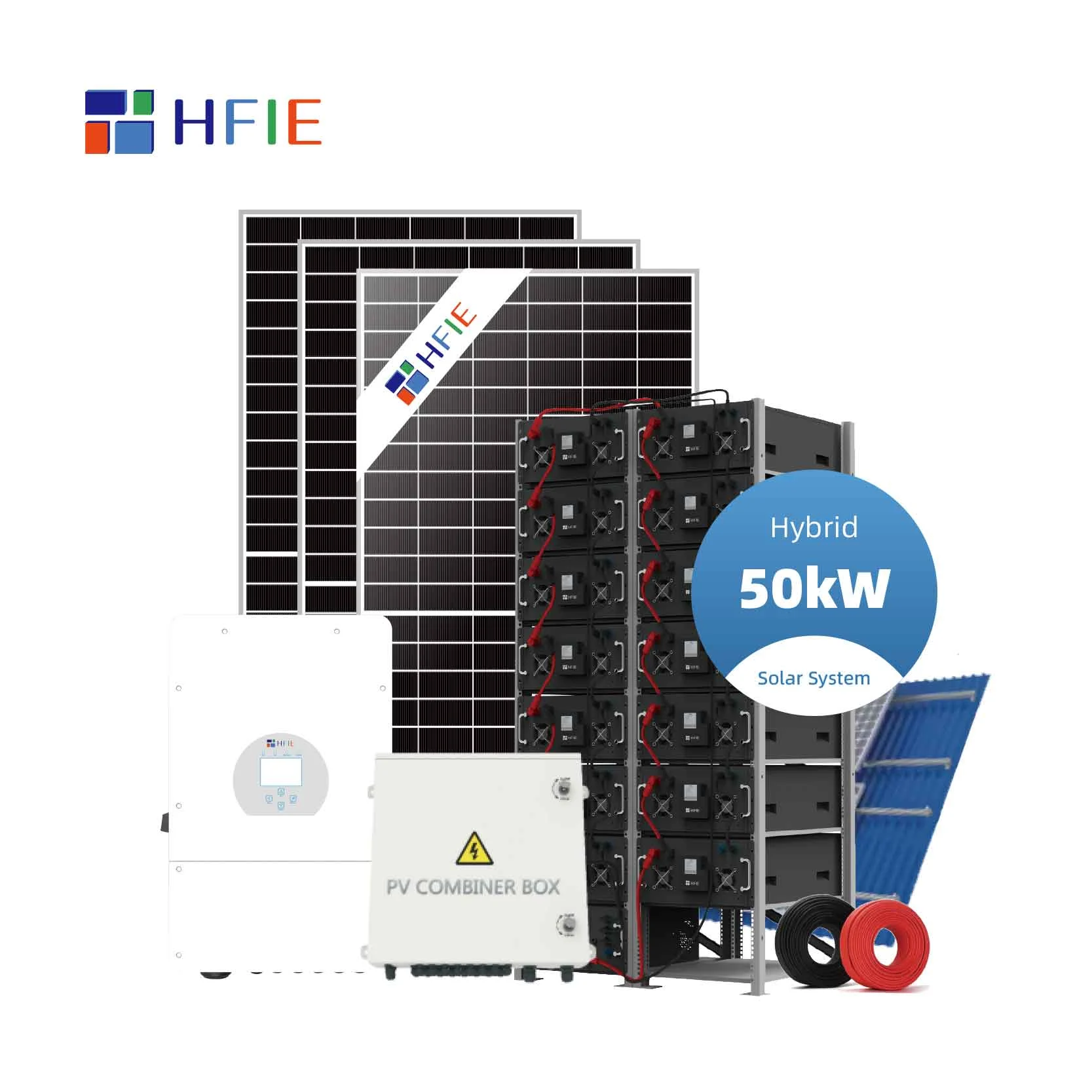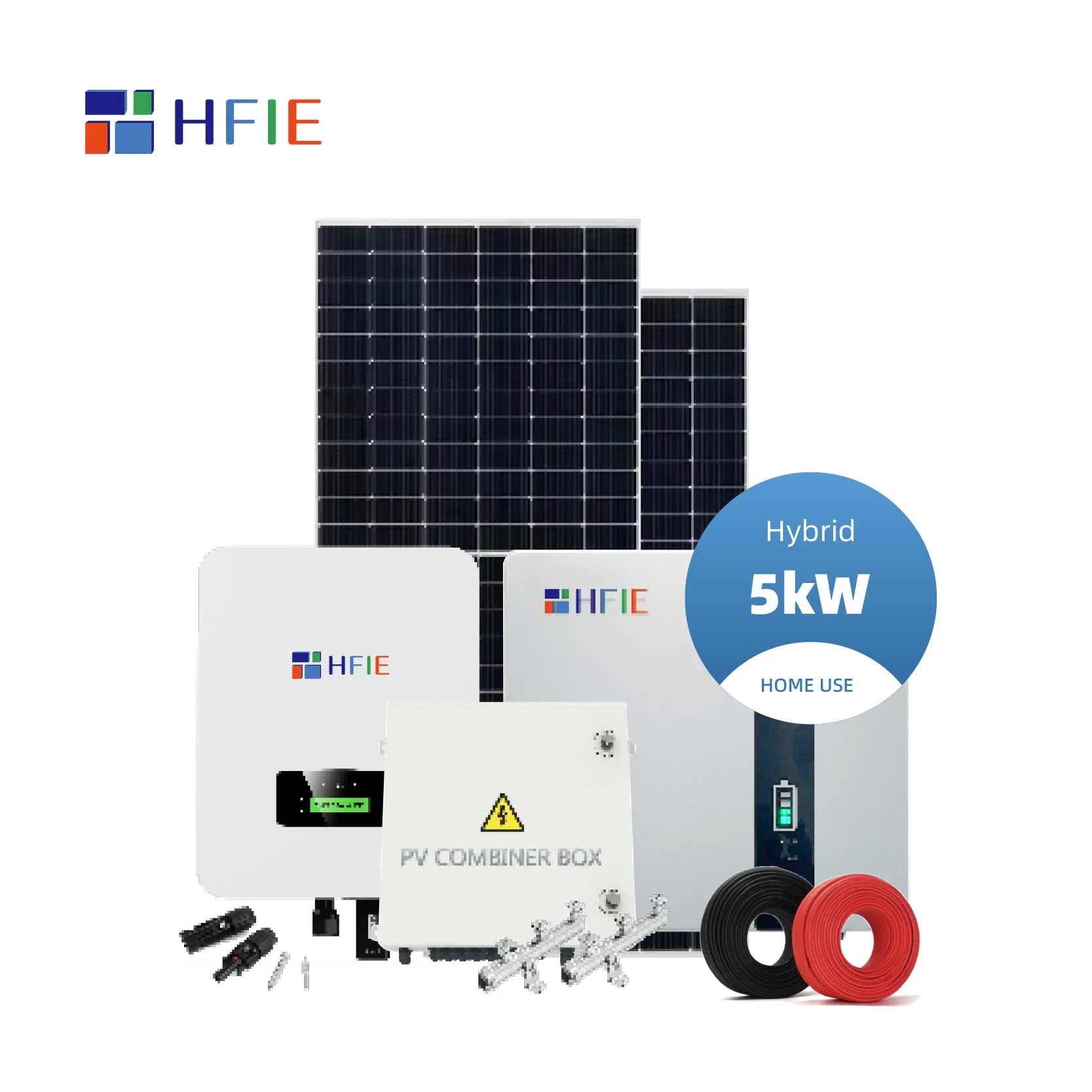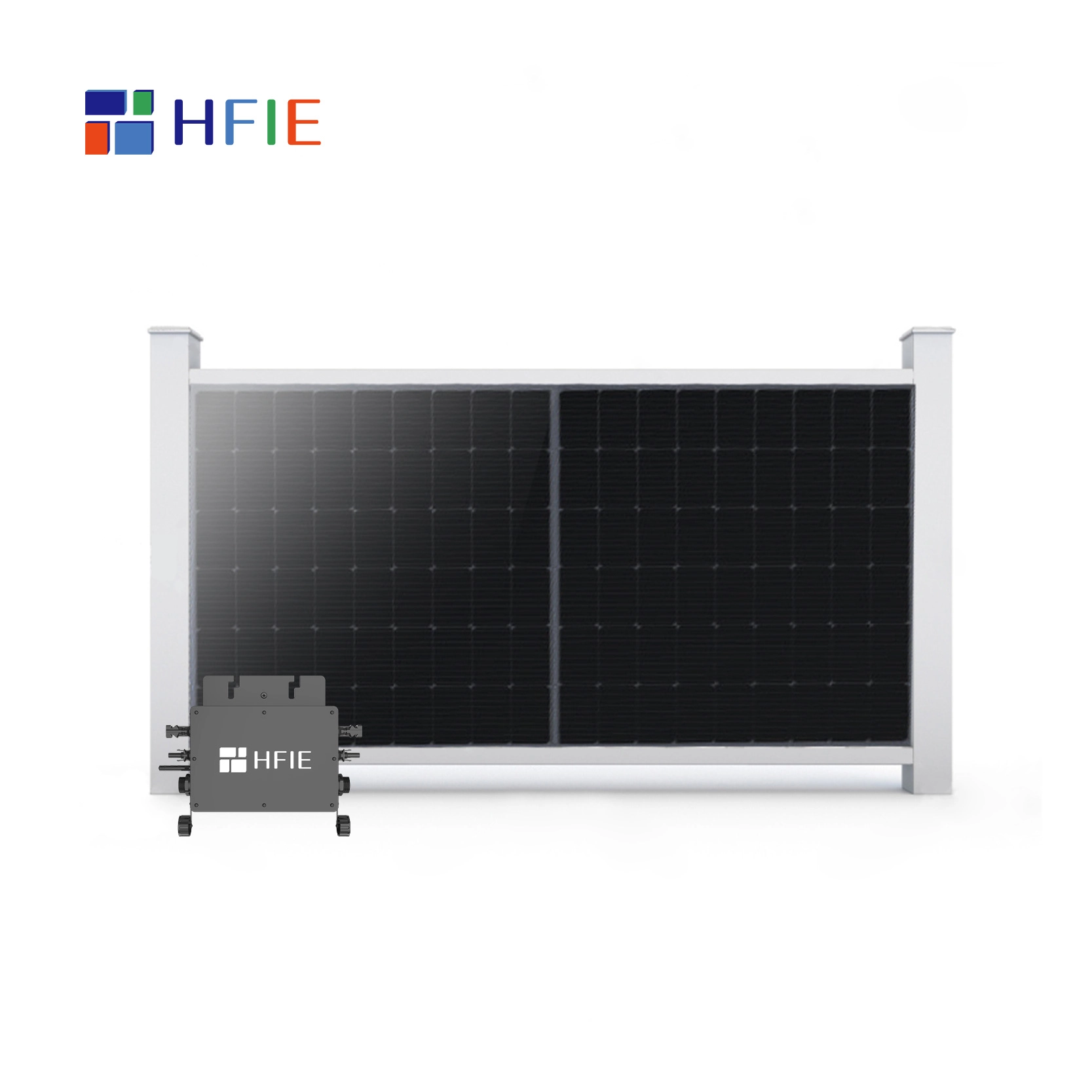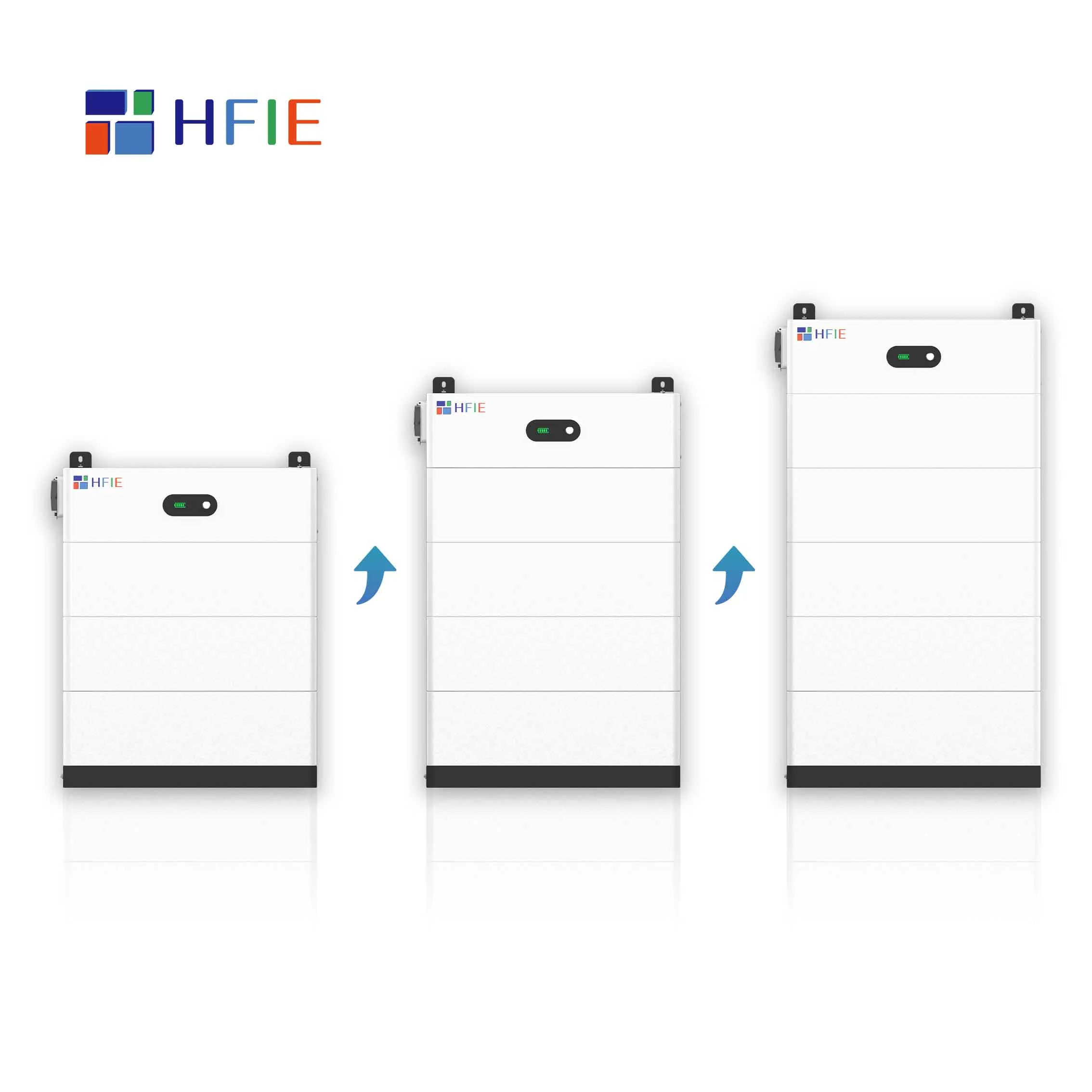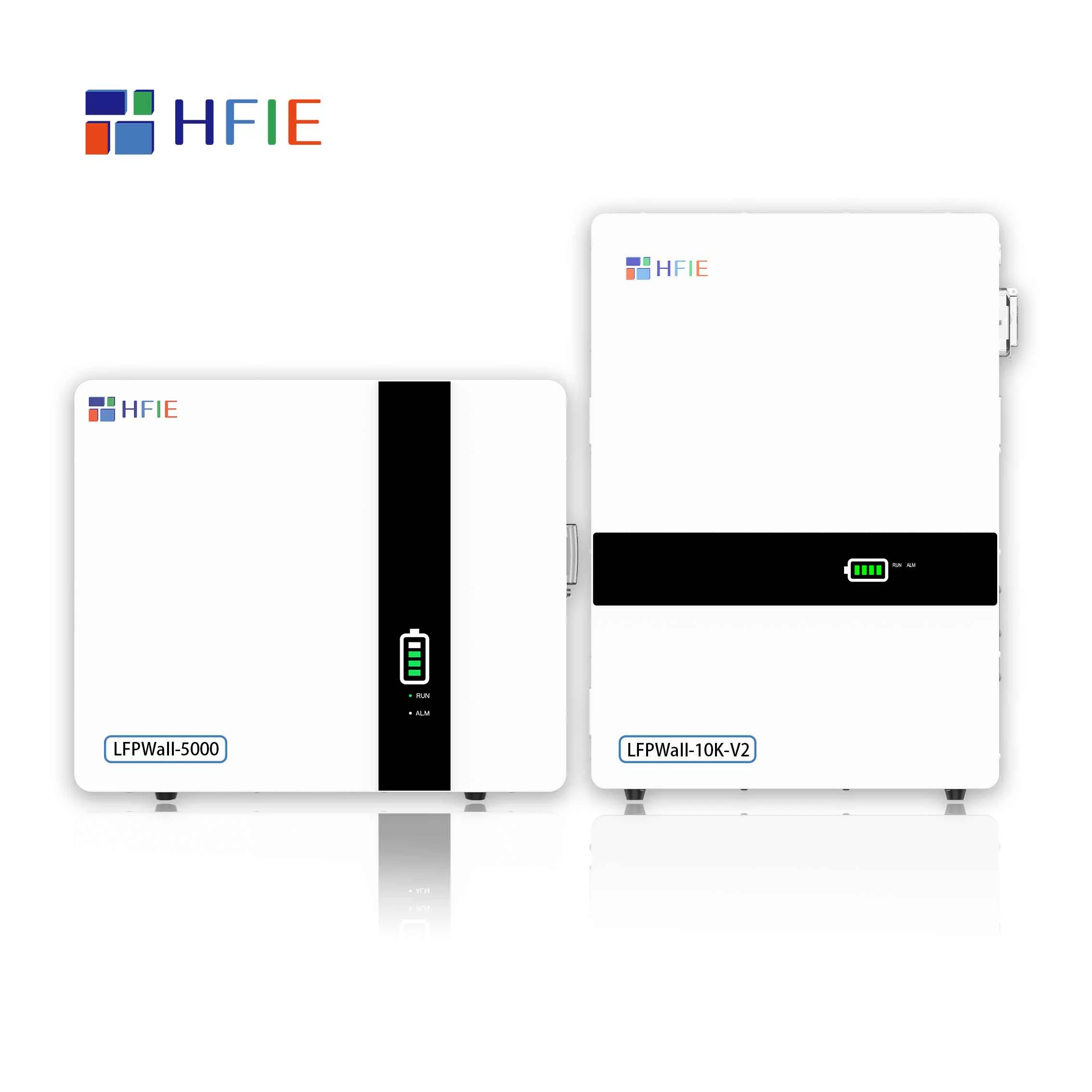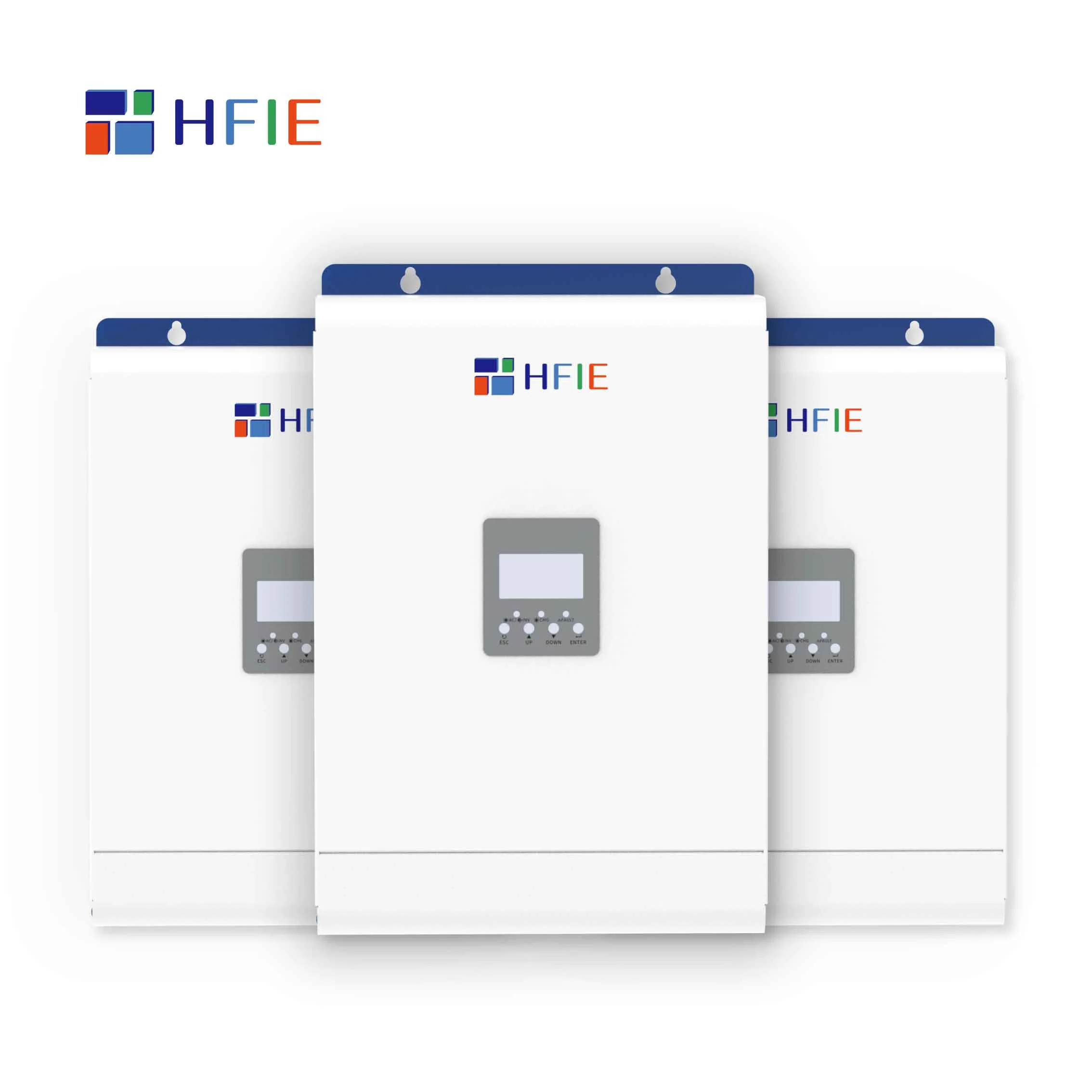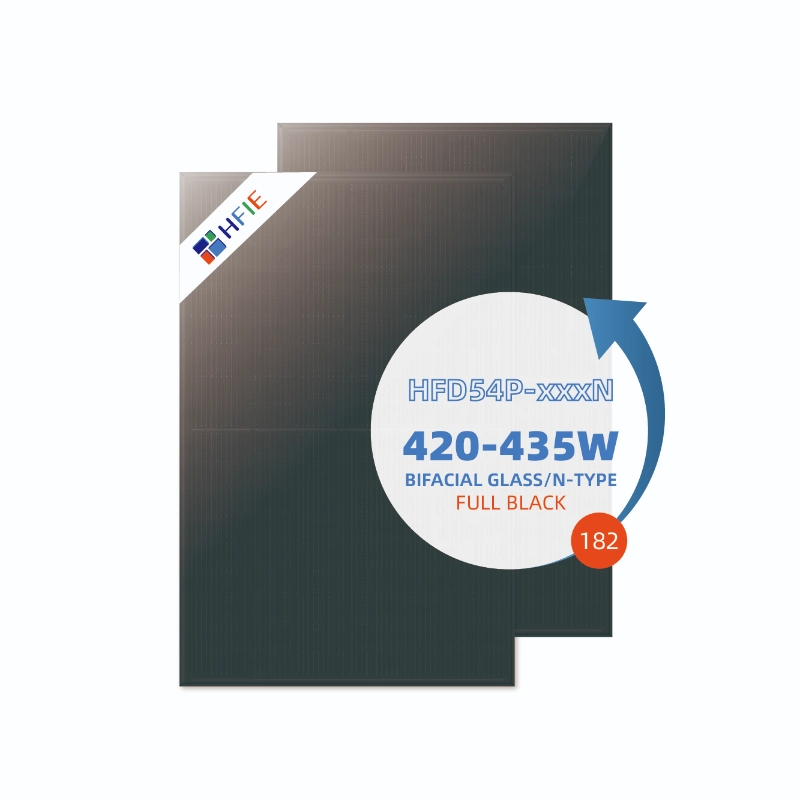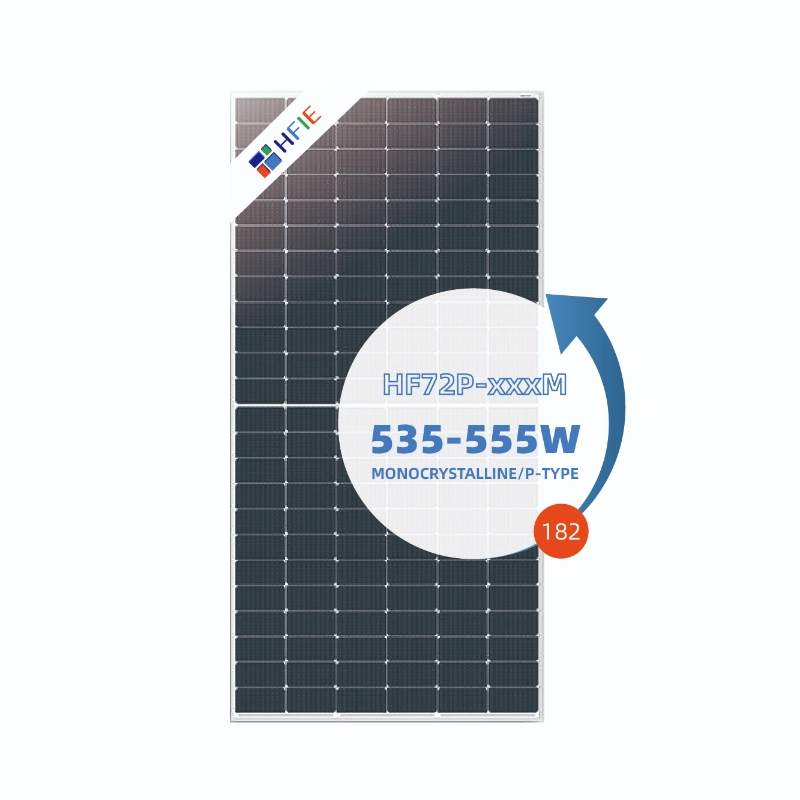目录
A household energy storage system is a small-scale energy storage device designed primarily for residential use. It can be simply understood as a “household battery,” offering benefits such as reducing electricity bills and enhancing the autonomy and reliability of electricity use. This is achieved by storing electricity during the day and releasing it at night or during periods of higher electricity prices.

Household Energy Storage Basic Principle
The core functions of household energy storage systems are “storing electricity” and “discharging electricity”. When electricity is sufficient and cheap, such as when solar power generation is large during the day, the system will store excess electricity; and when the sun sets, electricity prices become high, or there is a sudden power outage, the system will release the stored electricity for household use. It is like a “power bank”, depositing money (electricity) during the day and withdrawing money (electricity) at night.
Household energy storage systems are often used in conjunction with solar photovoltaic systems to create a “photovoltaic + energy storage” system. Photovoltaic panels convert sunlight into electricity during the day for direct household use, and the remaining electricity is stored in the household energy storage system; at night or on rainy days, when solar energy cannot generate electricity, the energy storage system can release the electricity stored during the day.
Household Energy Storage System Components
A complete household energy storage system usually consists of the following parts:
Battery pack: This is the core component of the system, equivalent to the “power warehouse”. Currently, the commonly used battery types include lithium-ion batteries and lithium iron phosphate batteries. Compared with other batteries, lithium batteries have the advantages of high energy density, high charging and discharging efficiency, and long service life, which are very suitable for household energy storage.
Battery Management System (BMS): The battery management system is like the “housekeeper” of the system. It can monitor the status of each battery cell in real time to ensure that the battery works under safe and reasonable conditions. BMS can prevent the battery from overcharging and over-discharging, and extend the battery life.
Inverter: The battery of the energy storage system stores direct current, but household devices use alternating current, so an inverter is needed to convert direct current into alternating current. The inverter is not only responsible for converting current, but also can control the flow of electric energy, which is an important part of the system.
Energy Management System (EMS): The energy management system is responsible for coordinating the operation of the entire system, which is equivalent to the “brain”. It will intelligently adjust the charging and discharging behavior of the energy storage system according to factors such as electricity demand, electricity price, and weather conditions to ensure the efficiency and economy of the system.
Communication and control unit: The residential energy storage system is also equipped with various sensors and communication modules, which can be linked with the user’s mobile phone or computer to display information such as power consumption, power usage, and electricity prices in real time, allowing users to easily monitor and manage their own power systems.
Household Energy Storage Systems Functions And Advantages
Electricity bill savings: By storing electricity when electricity prices are cheap and using it when electricity prices are high, household electricity bills can be significantly reduced. This is similar to buying goods at a supermarket when they are discounted and then consuming them when needed.
Increasing electricity self-sufficiency: When used in conjunction with a solar photovoltaic system, it can reduce dependence on the power grid, especially in households with high electricity demand, by generating and using electricity for their own use, they can achieve the effect of “self-sufficiency”.
Increasing power supply reliability: When the power grid fails, the energy storage system can serve as a backup power source to ensure the basic electricity needs of the household. For example, when there is a power outage, key equipment such as refrigerators, lights, and computers can still operate normally.
Environmentally friendly: By effectively utilizing renewable energy such as solar energy and reducing the use of fossil energy, it helps to reduce carbon emissions and environmental pollution.
Household Energy Storage Application Scenarios
Urban households: In some countries and regions with high electricity costs, household energy storage systems can be used in conjunction with solar photovoltaics to help users save a lot of electricity costs. In addition, in cities with better grid infrastructure, household energy storage can also play a role in peak-shaving and valley-filling, optimizing the overall efficiency of electricity use.
Remote areas or independent grid areas: In some remote areas, due to insufficient grid coverage, power outages or high electricity prices often occur. In these places, household energy storage systems can form microgrids together with photovoltaic power generation to ensure basic power supply.
Emergency backup power supply: In some areas susceptible to natural disasters, such as areas with frequent earthquakes and hurricanes, household energy storage systems can be used as emergency backup power supplies to ensure basic household electricity use in emergencies.
Household Energy Storage Development Trend
With the advancement of new energy technology and the reduction of battery costs, household energy storage systems are developing rapidly. In the future, the development trends of household energy storage are mainly in the following aspects:
Battery technology progress: With the improvement of lithium battery technology, the energy density and safety of batteries are constantly improving, while the cost is also decreasing. This means that household energy storage systems will become more and more economical and have a longer service life.
Intelligent control: In the future, household energy storage systems will be more intelligent, using technologies such as big data and artificial intelligence to further optimize power management. For example, by predicting weather conditions and users’ electricity usage habits, the system can better adjust the charging and discharging strategy to further improve efficiency.
Modular and portable design: In order to meet the needs of different users, more and more household energy storage systems are beginning to adopt modular design. Users can flexibly configure battery capacity according to their own electricity needs. In addition, some portable energy storage products are also becoming popular, such as small energy storage devices for camping or outdoor activities.
Integration with smart home systems: In the future, household energy storage systems may become part of smart homes, linked with smart home appliances, household electric vehicles and other devices to form a more efficient and intelligent energy use network. For example, when electricity prices are low, the system automatically charges electric vehicles, and when electricity prices are high, the stored electricity can be used first.
Challenges in Development
Although household energy storage systems have broad application prospects, they are still facing some challenges:
High initial cost: Although battery costs are decreasing year by year, the initial installation cost of household energy storage systems is still high. For ordinary household users, this is a considerable investment.
Insufficient policy support: In some countries and regions, the promotion of energy storage systems still requires government policy support, such as providing installation subsidies, tax exemptions and other measures to encourage more households to install household energy storage systems.
Safety and life issues: Battery safety has always been a focus of people’s attention. Batteries for household energy storage systems need to meet high safety standards, and the attenuation of battery performance after long-term use also needs to be considered.
Summary
Household energy storage systems regulate household electricity consumption through “charging” and “discharging”, effectively reducing electricity bills and improving the autonomy and stability of electricity consumption. The system is mainly composed of batteries, inverters, BMS, EMS and other parts. It can be used in conjunction with solar photovoltaic systems or as an independent backup power supply.








